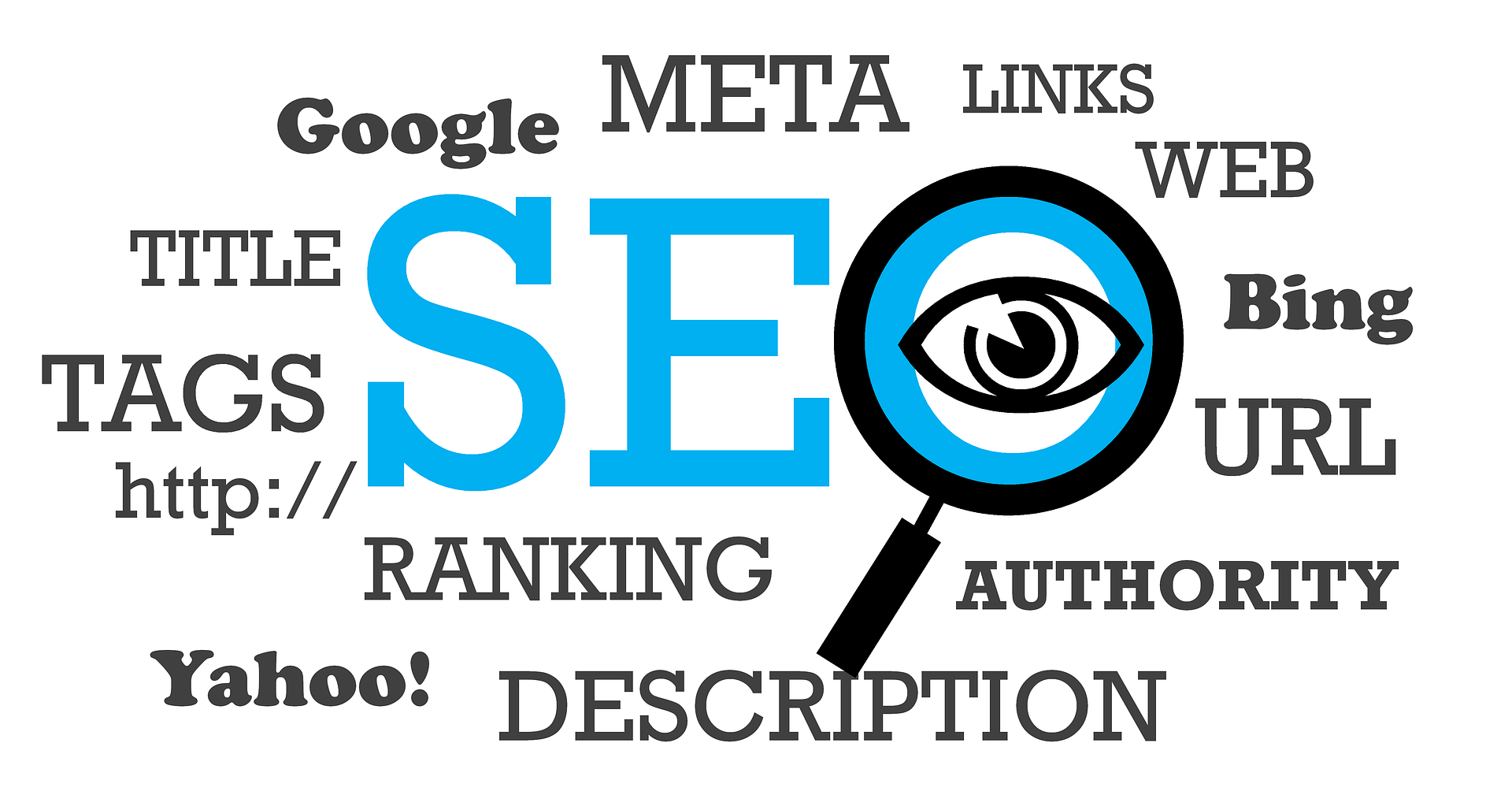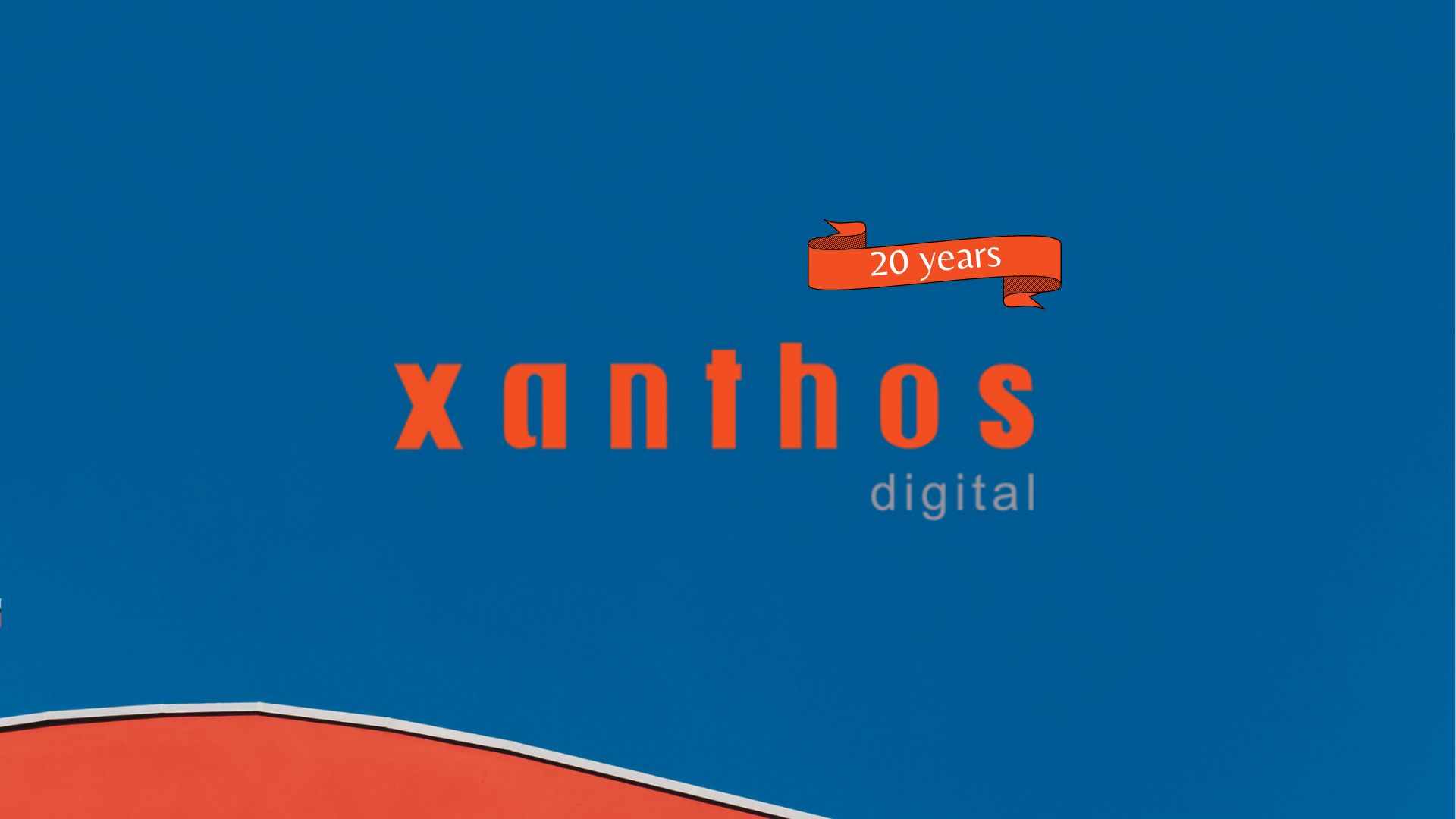What do your pictures say about your brand?
Are you on Pinterest? Did you hear about Instagram? Have you seen Facebook Timeline?
With all the recent ‘image hype’ it’s becoming clear that not everything needs to get said in writing. When it comes to communicating a message, pictures can work just as well.
Let’s take a quick look at how other companies and individuals are using images. We’ll then discuss the best methods to use to visually engage your website visitors in order to create a loyal following, regardless of whether you operate a B2B or B2C company.
Let’s first recap why businesses/companies use pictures?
- To sell
- To brand
- To reinforce
- To educate or inform
- To evoke a feeling or an emotion, often which translates into an action
- To add credibility
- To give a personal feel/display creativity
1. Pictures are used…to sell
Perhaps the most obvious of all, pictures are used to sell – a product, a service, a brand, a story. Images still prove one of the fastest methods of conveying a message. Don’t believe it? Take a look at all the advertising on the London Underground. How often to you see big boards of nothing but writing? The answer is hardly ever. People don’t have time to stop and read a lot of text and if they did, chances are they wouldn’t bother. You’ve got to say what you want to say within 3 seconds. The fastest way to do that is to use a picture. Pictures are used today to sell holidays, to sell jewellery, clothing, cars, newspapers, fast food, whatever you can imagine. They were used in 1885 to sell toothache drops and they were used in 1939 to sell ‘war’. Trust me, it’s not going to change anytime soon.
Any website developer or design agency who does not know this or who has not factored this into the design and build of your website has gone astray of the plot.
2. Pictures are used to…brand
What does this pictures say?
Innocent and natural! Branding done.
If you want to see ‘pictures in action’ simply take a look at any big company’s Facebook Timeline. That will give you an immediate and focused glimpse into how they want to portray themselves. Red Bull, Versace, Microsoft, Apple…they’ve all got it – the company encapsulated in a single picture.
3. Pictures are used to…reinforce
Just because you operate a successful business or company, does not mean you can sit back and relax. You have to continue reinforcing your brand if you don’t want to be forgotten amidst the never-ending selection of new and innovative products and services.
Think of Coca-Cola – a hugely successful company that really doesn’t need advertising to sell its products but that keeps on doing it just so that you remember – a coke is hip, a coke is modern, coca cola keeps with the times.
4. Pictures are used to…educate or inform
And so began the rise of the infographic… though of course many infographics don’t just aim to educate or inform, they often still have ulterior motives – to educate and inform so that the company producing them will be considered a ‘noteworthy’ brand that people will then follow and buy from.
Take a look at the following infographic written by search engine land, designed by column five and copyright Third door media.
What’s the point you might ask of educating via pictures – apart from time consuming and a little confusing? Exposure! You can bet his will be viewed more than most of this company’s blog posts. It will be shared. It will be linked to. It’ll even get printed!
5. Pictures are used to…evoke a feeling or an emotion
This is particularly popular with charitable organisations that rely on an emotional response to their content in order to get you to donate money to their cause. Used well, it’s an incredibly powerful tactic. Think about those advertisements you often see on television – a charitable organisation honing in on one poor boy in Africa suffering from malnutrition. Makes the Maybelline advert after it look pretty bad, doesn’t it? And I bet it makes you think of donating, at least a little (it does me!).
Take a look at PETA’s website as well. More often than not you will see really graphic pictures of animals in terrible living conditions, being slaughtered, and more. This is meant to pull at your heart, to make you want to do something to help. The power is all in the pictures. The same applies for Amnesty International. Look at any of their campaigns and you’ll see something similar – interviews with the displaced, with the tortured and abused. Pictures of malnourished children, floods…the list goes on.
It’s worth pointing out though that it’s not a tactic just used by charities. Pretty much anyone that wants you to associate their brand with a feeling/an emotion will do it. Furthermore, people tend to remember products much better when they have felt something strong while being exposed to the product. Take a look at coppyblogger’s post on psychological selling for a few tips.
6. Pictures are used to…add credibility
It’s no longer all down to the association or award logos. Nowadays, credibility comes partly by showing that there are REAL people behind your business, your website or your blog. Perhaps it’s that a picture holds a person accountable. Just take a look at how Google has changed search results. Now, author’s profile pictures tend to show up in search results too. For example a search of Google Engineer Matt Cutts reveals:
Personal profile pictures! And what about an example of a website that continues to grow its credibility by placing the author’s picture next to each post?
7. Pictures are used to…give a personal feel or to display creativity
This is probably more relevant to smaller businesses, but even high-turnover businesses like Innocent Smoothies use this tactic. Take a look at their Pinterest account and you’ll get that feel of ‘real people’ behind the business. In fact, you even get to see inside their fun office! Wow, if you’re not gagging to work there now, I want to see where you work!
And when it comes to displaying creativity, have you ever seen installation art commissioned by big brands/companies? Think of Nike’s ‘ball man’ – a giant man made entirely out of suspended footballs in South Africa.
So, how can you soft sell?
Before you go ahead and do anything, you first need to decide what you want your images/pictures to do for you. Perhaps they need to brand and sell your business? Whatever it is, make sure that each of the platforms you use stay focused
When you’ve decided how you want to use your images, here are some things to think of doing:
- Get on Pinterest – doesn’t matter what your business is about, there’s sure to be something you can pin. Take a look at our Pinterest blog post if you want to know more or if you operate an ecommerce business because then…it’s a must!
- Make sure your website isn’t dead boring – no matter what services you offer, with great product pictures, even metal parts can look attractive.
- And that means…take GOOD product pictures – look at any high-end website – Porsche, Lamborghini, Prada, all of them have fantastic images.
- Blog with images – apart from the positive effect this will have on SEO, it means visual interest AND it breaks up content, ultimately making your post that much easier to read.
- Start a Flickr/Instagram Account – check out Nike’s Instagram account, or any business’s Flickr account. It adds character, it lets you know what the business is about.
- Keep your Facebook Timeline picture pretty – don’t miss the opportunity to brand your business, to expose your products, to reinforce your values.
- Ensure all your bloggers have profile pictures – if you’re trying to build credibility as most businesses always are, this is a must.











